Partly thanks to contributions from the Ford Motor Company, a new battery lab opened on Monday at the University of Michigan in Ann Arbor. The $8 million facility is said to help Ford develop batteries that are smaller, lighter, and less expensive to produce while accelerating the development of battery-powered vehicles that are more efficient, affordable, and go farther on a single charge than models available today.
The world-class lab accomplish this feat by serving as a battery manufacturing facility to support pilot projects, with state-of-the-art manufacturing methods being used to produce test batteries that replicate the performance of full-scale production batteries. Doing so will allow for faster implementation in future production vehicles.
In effect, the facility solves a problem that currently exists in developing and producing vehicle batteries by bridging the gap between laboratory experimentation and full-scale production, thereby holding the potential for major advancements in extending battery life and durability.
“We have battery labs that test and validate production-ready batteries, but that is too late in the development process for us to get our first look,” said Ted Miller, who manages battery research for Ford. “This lab will give us a stepping-stone between the research lab and the production environment, and a chance to have input much earlier in the development process. This is sorely needed, and no one else in the auto industry has anything like it.”
The lab is made possible thanks to a collaboration between Ford, battery suppliers, the University of Michigan, and the state and federal governments. Surprisingly, Ford is the only automaker to invest in the facility by contributing $2.1 million. Other investors include the University of Michigan, Michigan Economic Development Corporation and the U.S. Department of Energy.
The move is vital given that even today, after 20 years of battery research actives at Ford, batteries are still in their infancy, with more research necessary. Just as critical is the need for new chemistries to be assessed in a credible cell format, which means placing small-scale battery cells in place of full-scale production batteries without compromising the test results, according to Miller.
“It is way too early in the battery race to commit to one type of battery chemistry,” he said. “In the span of 15 years, the industry has gone from lead-acid to nickel-metal-hydride to the lithium-ion batteries used in Ford C-MAX and Ford Fusion hybrids on the road today. Others in the auto industry have placed their bets, but we are convinced a better solution will require input from a multitude of partners.”
In other words, battery technology is still very young, and innovation in battery chemistry is bound to happen.
In addition, the fact that the lab is located on a university campus, as opposed to a campus of an automaker or a battery supplier/manufacturer, is especially interesting. Miller believes that this circumstance will be a draw for battery suppliers to work on issues in a common environment.
“We need to work on these problems together in a neutral lab setting,” he said. “This way, we all win. I think you are going to see a lot of companies in the battery supply chain come to Michigan to use this facility, in very short order.”
The lab’s location also has potential to benefit the state of Michigan, the University, and even Ford itself when it comes to battery research and development talent.
“This is important for the state of Michigan, too,” Miller added. “Previous investments have been focused on battery production, and now our state becomes a research core for batteries. The University of Michigan benefits, because the best and brightest from car companies, suppliers and academia will come here. In turn, that will attract the best students. We need to nurture the next generation of battery scientists, and it helps Ford that the campus is less than 40 miles from Dearborn.”
Most recently, Ford invested $135 million in design, engineering and production of key battery components, and doubled its battery testing capabilities. Ford was able to accelerate durability testing, with test batteries now accumulating 150,000 miles and 10 years’ life in about 10 months.
Ford currently offers five models equipped with lithium-ion batteries, including the Focus Electric, C-MAX Hybrid, C-MAX Energi, Fusion Hybrid, and Fusion Energi. Previously, Ford’s electrified vehicles utilizes nickel-metal-hydride batteries. Compared to nickel-metal-hydride, lithium-ion batteries are 25 percent to 30 percent smaller, and can provide about three times the power per cell of nickel-metal-hydride batteries.
The Motrolix Take
Here’s to the next generation of battery technologies from The Blue Oval and the UofM.

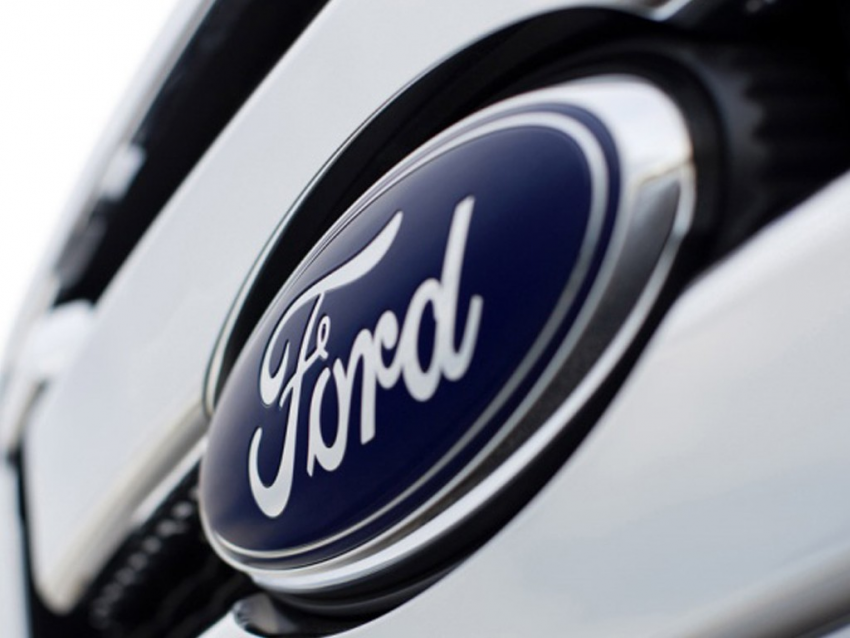
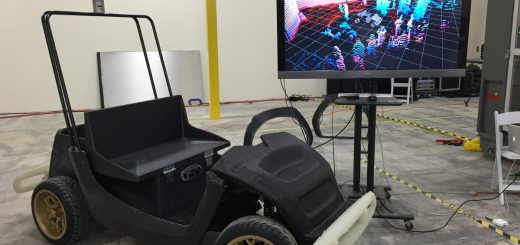
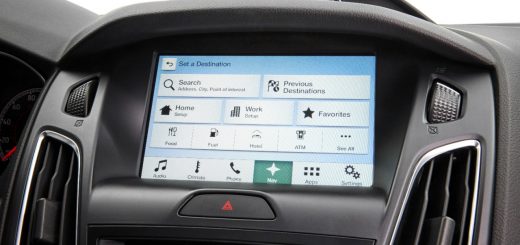

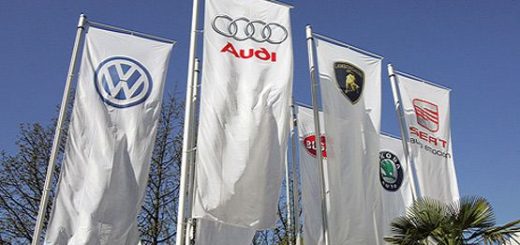
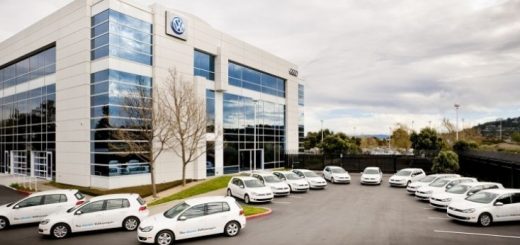







No Comments yet